Demolition is an awe-inspiring process that involves the systematic dismantling or tearing down of structures. From towering skyscrapers to modest residential homes, the art of controlled destruction has become an essential aspect of modern construction and urban development.
However, beyond the spectacle of collapsing buildings lies a meticulously planned and executed process that requires precision, expertise, and strict adherence to safety protocols. In this article, we delve into the fascinating world of demolition, exploring the intricacies involved in this art form.
Understanding Demolition
Controlled demolition is a sophisticated technique that ensures the safe and efficient removal of structures while minimizing damage to the surrounding environment. Skilled demolition experts meticulously assess the building’s composition, structural integrity, and potential hazards before formulating a comprehensive demolition plan. This plan takes into account factors such as the building’s height, location, proximity to other structures, and the materials used in its construction.
Moreover, modern demolition practices prioritize sustainability by incorporating environmentally friendly strategies. Techniques such as selective dismantling, salvaging of reusable materials, and recycling contribute to reducing waste and minimizing the ecological footprint of the demolition process.
Another widely used method is the high-reach excavator, commonly known as a “long-reach” or “high-reach” machine. This specialized equipment features an extended arm that can reach several stories high, allowing operators to systematically demolish a building from top to bottom. The long-reach excavator is equipped with various attachments, such as hydraulic shears or pulverizers, which can cut through steel and concrete with ease. This method offers greater control over the demolition process, enabling the operator to carefully dismantle the structure piece by piece.
Precision wrecking balls are another tool employed in controlled demolition. While they may evoke images of haphazard swinging, wrecking balls are actually used with great precision. Skilled operators carefully swing the wrecking ball into targeted areas of the building to weaken its structure. This method is often used for smaller structures or specific areas within larger buildings. It requires a delicate balance between force and control to ensure that the desired sections are demolished without causing unnecessary damage.
Cutting-edge technologies are also playing an increasingly significant role in the demolition industry. Robotic demolition machines, equipped with remote-controlled arms and specialized attachments, allow operators to safely demolish structures in hazardous or inaccessible areas.
These machines offer enhanced precision and can perform intricate tasks that would otherwise be challenging for human operators. Additionally, computer simulations and modeling techniques are utilized to predict the behavior of structures during demolition, enabling engineers to plan and execute the process with utmost accuracy.
Safety is paramount in controlled demolition operations. Extensive precautions are undertaken to protect workers, bystanders, and the general public. Demolition experts adhere to strict safety protocols, including the implementation of exclusion zones, thorough structural assessments, and the use of personal protective equipment. Prior to demolition, buildings are often stripped of hazardous materials, such as asbestos or lead, to ensure the safety of both the workers and the environment.
Types of Demolition Methods for Different Scenarios:
Implosion:
-
- Ideal for large buildings in densely populated urban areas.
- Safely brings down structures within a confined space.
- Minimizes damage to neighboring structures and reduces debris dispersion.
High-Reach Excavator:
-
- Suitable for medium to large structures.
- Provides greater control over the demolition process.
- Enables systematic dismantling from top to bottom.
- Works well in areas with limited space or where precision is required.
Precision Wrecking Balls:
-
- Effective for smaller structures or specific areas within larger buildings.
- Allows targeted demolition with a balance of force and control.
- Requires skilled operators to ensure accurate strikes for desired sections.
Robotic Demolition Machines:
-
- Used in hazardous or inaccessible areas.
- Equipped with remote-controlled arms and specialized attachments.
- Provides enhanced precision and safety for delicate or intricate tasks.
Selective Demolition:
-
- Employed when preservation of specific elements or areas is desired.
- Involves careful dismantling and salvaging of reusable materials.
- Commonly used in historical or architectural preservation projects.
Explosive Demolition:
-
- Reserved for structures with large spans and open areas.
- Involves the strategic placement of explosives to initiate controlled collapse.
- Requires meticulous planning and precise timing for optimal safety and efficiency.
It is important to note that the choice of demolition method depends on various factors, including the size and type of the structure, its location, proximity to other buildings, and the desired outcome. Demolition experts carefully assess these factors to determine the most suitable method that ensures both the safety of workers and the surrounding environment.
By selecting the appropriate demolition method, professionals in the field can achieve controlled destruction, allowing for the efficient removal of structures while minimizing potential risks and environmental impacts.
How Is Demolition Equipment Usually Acquired?
Acquiring the necessary equipment for demolition projects is a crucial aspect of ensuring efficiency and safety throughout the process. Demolition companies typically employ various methods to acquire the specialized machinery and tools required for their operations. Here’s an overview of how demolition equipment is usually obtained:
- Purchase: Demolition firms often opt to buy their equipment outright. This approach allows them to have full ownership and control over the machinery. Companies may invest in a range of equipment, including excavators, wrecking balls, high-reach excavators, and robotic demolition machines. Equipment dealers, manufacturers, and auctions are common sources for purchasing demolition machinery.
- Rental: Renting demolition Valleywide dig and haul equipment is a popular choice, especially for smaller-scale projects or when specific machinery is required for a limited period. Companies can enter into rental agreements with equipment rental companies, providing access to a wide range of specialized tools without the burden of long-term ownership.
- Lease: In some cases, demolition companies may choose to lease equipment. Leasing allows for flexibility in terms of equipment selection and upgrades as newer models become available. Leasing arrangements often include maintenance and service packages, ensuring that the machinery remains in optimal working condition.
- Partnership: Collaborating with equipment providers through partnerships or joint ventures is another avenue for acquiring demolition equipment. Such partnerships may involve shared ownership or access to equipment through mutually beneficial agreements.
Conclusion
The art of controlled destruction is a fascinating blend of science, engineering, and craftsmanship. From implosion and high-reach excavators to precision wrecking balls and cutting-edge technologies, each method requires expertise, precision, and a deep understanding of engineering principles. Through meticulous planning, careful execution, and a focus on safety, skilled demolition experts reshape our urban landscapes while minimizing environmental impact. The art of controlled destruction ensures that buildings can be safely removed, making way for new developments and a fresh chapter in our ever-evolving cities.

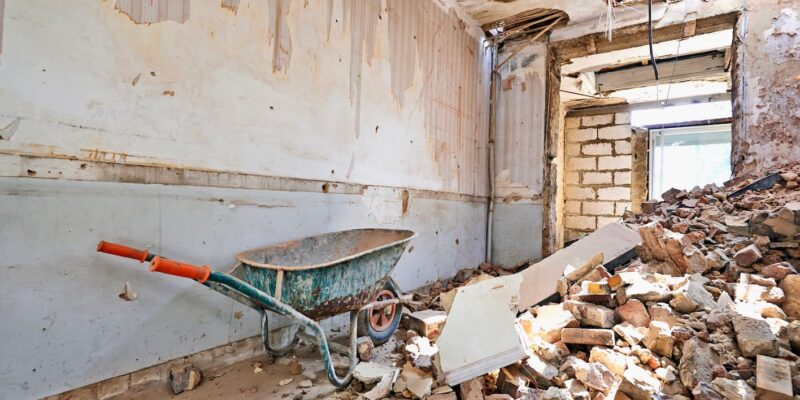


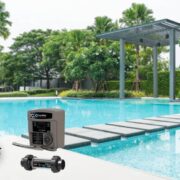

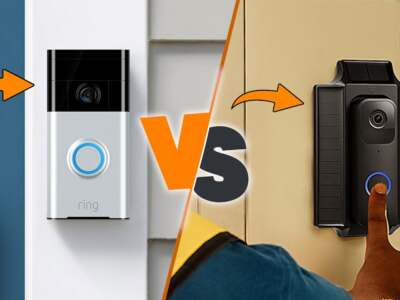
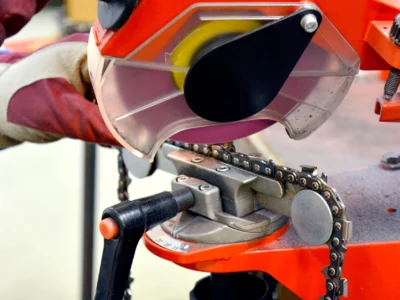
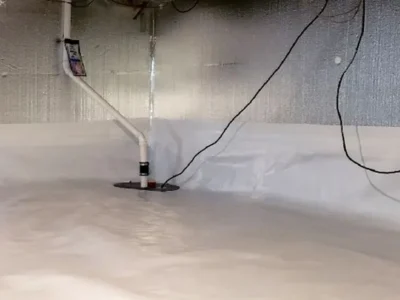

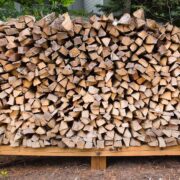



Comments